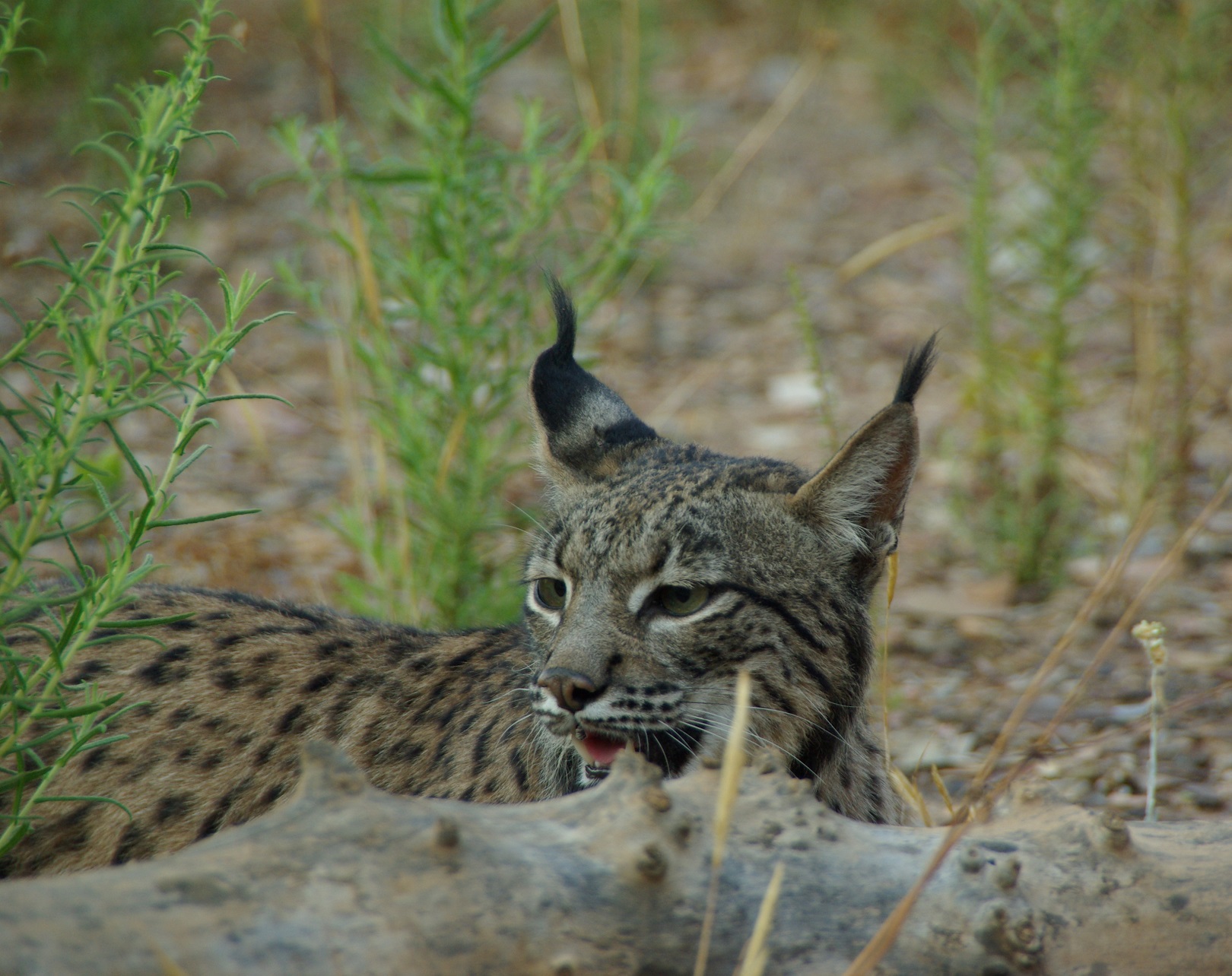Conservation status
In a historical context, due to the regression of Iberian lynx populations, this species has a conservation status at both a national and global level. The species is protected under national and international legislation such as the Habitats Directive, the Berne Convention and CITES.
Conservation status in Portugal
In Portugal, the Iberian lynx is classified as “Critically Endangered” according to the Red Book of the Vertebrates of Portugal (Queiroz et al 2005).
The population of the species may have been reduced by 80% over the last decades, according to the evaluation of the distribution area, its extension and the quality of the habitat due to causes that may still be active and/or irreversible.
International status
At a global level, the species is classified as “Endangered” by the IUCN.
The Iberian lynx is considered the most endangered carnivorous mammal in Europe and the most endangered feline in the world, according to the Global Cat Species Vulnerability Rankings.
Status evolution according to the IUCN Red List
2019 – In danger
2008 — Critically endangered
2006 — Critically endangered
2002 — Critically endangered
1996 — In danger
1994 — In danger
1990 — In danger
1988 — In danger
1986 — In danger
1965 — Unknown
Action Plan for the Conservation of the Iberian Lynx in Portugal
In force since 2008, the “Action Plan for the Conservation of the Iberian Lynx in Portugal”, prepared under the coordination of the National Authority for the Conservation of Nature, and with the participation of representatives of the agricultural, hunting, academic, veterinarian and NGO focused on the environment, defends a strategy in line with the Conservation Strategy in Spain for the species.
Under this plan, and aiming at the recovery of the species in the national territory, the following measures are underway in the Guadiana Valley:
> Reintroduction of the lynx
> Promotion of the wild rabbit
> Surveillance of possible threats and collaboration with entities
> Awareness of social perception
> Involvement of the population and communication










